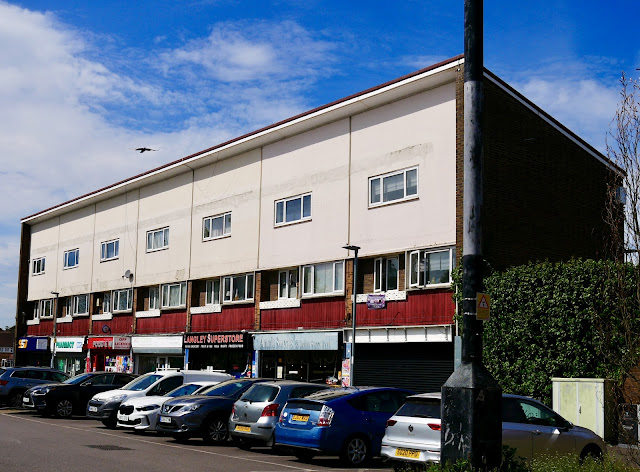Moscow (and the soviet blocks)
I was really lucky to travel to Moscow a lot from 2007 to 2017.
The drive from Domodedevo airport was a melee of matchbox Lada Riga’s with windows gaffer taped shut, soviet-era trucks caked grey with decades of exhaust fumes and blacked out sports cars all weaving in and out of a motor way where lanes didn’t mean anything.
Outside the window, miles of broad-shouldered grey tower blocks queued into the distance. We drove passed windowless shops with fur-wrapped babushkas heaving open iron doors. The neon lights of petrol stations provided the only colour in the white and grey.
Arriving at a housing estate of identical five floor apartment blocks, I entered a wardrobe of a lift lined with different colours of chewing gum and made our way up to a hallway of heavy duty doors - most lined with a heavy leather-like padding. Every building and every room was formidable and impenetrable. The only thing Russians really fear is the cold.
From the sixties to the eighties, respective General Secretaries of the Soviet Union Nikita Khrushchev and then Leonid Brezhnev built hundreds of five to nine floor apartment buildings in micro districts containing playgrounds, small green areas and shops.
The scale of these micro districts is immense. Row upon row of identical building blocks, featureless but for small windows and iron doors. Mint green is everywhere from outside railings to the lower half of interior communal rooms. While other cities are a mix of different eras of building, beautifully pressed together, Moscow was a colossal expanse of blocks.
In the UK, we have the occasional tower block poking above miles of two-floor houses. Our estates are more likely to be tessellated mazes of the same house copied and pasted a thousand times and domino rows of wooden fences.
Moscow didn’t face the same level of reconstruction as other European countries after WW2. The German army had been exhausted by the time it reached Moscow and although a lot of Moscovites died (about half a million), the city wasn’t flattened. But WW2 and the strengthening of the Soviet Union did mean a population boost for Moscow from the rest of the union hence the development of these identical micro districts.
The family I visited in Moscow moved around but always lived on the edge of the city, and there are no suburbs. The blocks assembled until they meet forest. To the outsider, there doesn’t appear to be any middle class - just a parade of breeze block estates, Darwinian parking, police cars in lay-bys flagging down drivers for cash, babushkas in fur, concrete playgrounds, supermarkets with aisles of pink sausage and alkashees singing in the night.
I only wish digital and phone cameras had been better at the time I was visiting Moscow, or that I had continued using film. I was at least privileged in that I was able to see more of Moscow than Red Square and the nearby high end Gum shopping centre.
I loved everyone I met in Moscow. They are fortified. They have fought the cold, the Nazis and each other. A friend from the UK came to Russia to my wedding and she had an amazing encounter that really summarised my experience. She was in a supermarket trying to buy bananas and a local helped her weigh them. She said “Spazbo” (almost ‘thank you’ in Russian) and the local smiled and said “Friend!”.


.JPG)







Comments
Post a Comment